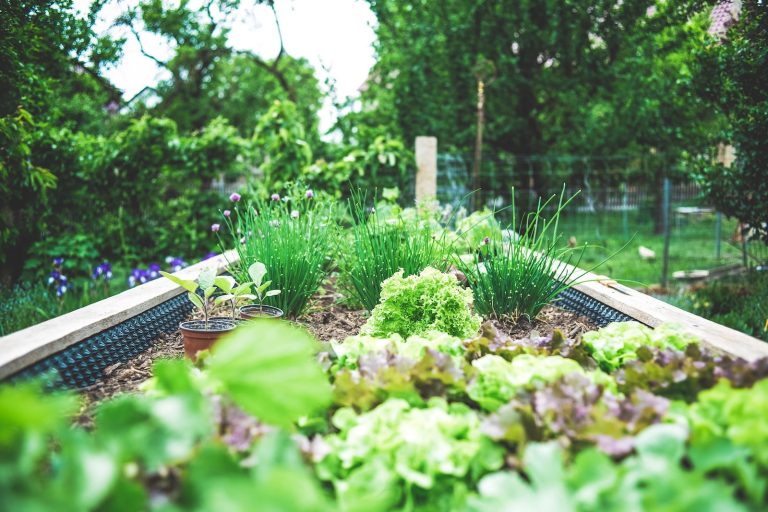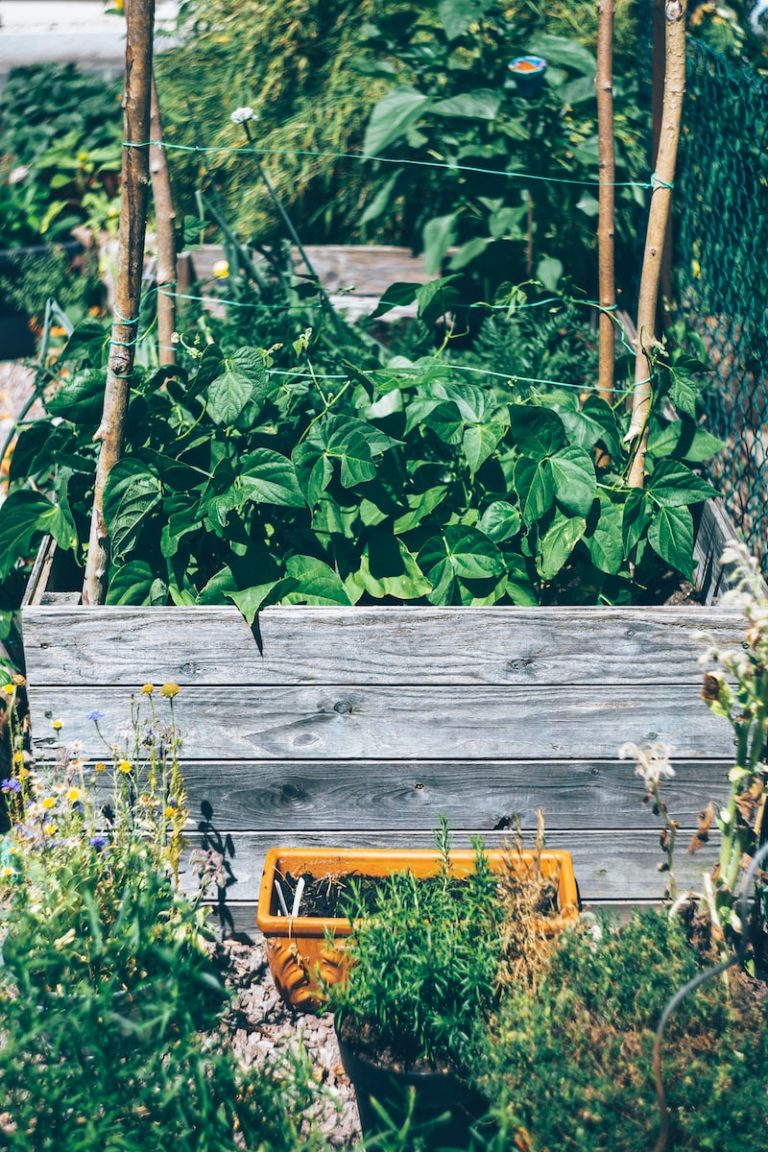How to Create a Garden Path in Your Backyard?

Do you ever feel like your backyard is missing that certain something? Perhaps it needs a touch of whimsy or a new element to bring it to life. Well, look no further because we have just the solution for you: a garden path!
Not only does it add an enchanting aspect to your outdoor space, but it also serves as a functional and practical addition. So roll up those sleeves, grab some gardening gloves, and let’s dive in on how to create your very own garden path in your backyard.
Garden Paths
Garden paths are a great way to add charm and interest to your backyard. They can be used to create a sense of privacy, or to define different areas within your garden. Garden paths can also be used as a practical way to get around your garden, without having to trample through your flower beds.
There are many different materials that can be used for garden paths, including concrete, brick, stone, gravel, and even wood chips. The type of material you choose will depend on the look you want to achieve, as well as your budget.
When deciding on the location of your garden path, consider using existing features in your landscape as inspiration. For example, if you have a large tree in your backyard, you could use the tree’s roots as the border for your path.
Once you’ve decided on the location and material for your garden path, it’s time to start laying down the foundation. For most types of paths, you’ll need to excavate a trench that is at least 4 inches deep. Once the trench is excavated, spread a layer of gravel over the bottom and tamp it down with a tamper. This will help ensure that your path is level and even.
Next, lay down whatever material you’ve chosen for your path (brick, stone, etc). Be sure to leave enough space between each piece so that there is room for jointing compound or sand (this will help prevent weeds from growing between the cracks).
Finally, fill in the joints with a mixture of jointing compound or sand and water. This step will help to seal your path from erosion caused by water. Once the jointing compound has dried, you can spread a layer of pebbles over the top for a decorative finish.
With just a few simple steps, you can create an attractive and functional garden path that adds beauty to your backyard!
Garden Paths in the Backyard
Garden paths are a great way to add interest and visual appeal to your backyard. They can also be used to create a safe and functional walking surface. Garden paths can be made from a variety of materials, including concrete, stone, brick, or gravel.
Garden paths can provide numerous benefits for your backyard. Here are a few of the top benefits:
- Garden paths can help define the different areas of your backyard.
- Garden paths can add interest and visual appeal to your backyard.
- Garden paths can be used to create a safe and functional walking surface.
- Garden paths can help protect your lawn.
- Garden paths can increase the value of your home by adding curb.
- Garden paths can provide a focal point within your backyard.
- Garden paths can also serve as an extension of your indoor living space.
Preparing the Backyard for a Garden Path
It’s important to prepare the backyard before creating a garden path. This means making sure the area is free of debris, including rocks and roots. You’ll also want to level out the ground so that the path is level and even.
Once the area is prepped, you can start planning where you want the garden path to go. It’s helpful to sketch out a rough plan beforehand so that you know what materials you’ll need and how much work it will take.
When you’re ready to start building, first lay down a layer of gravel or crushed stone to create a base for the path. Then, use bricks, pavers, or stones to create the actual path. Make sure to compact each layer as you go to avoid sinking or unevenness later on.
Advantages and Disadvantages of Different Garden Path Materials
There are many different materials that can be used to create a garden path, each with its own advantages and disadvantages. Some of the most popular options include concrete, brick, stone, gravel, and wood.
Concrete is one of the most inexpensive and durable options for a garden path. However, it can be difficult to install yourself and may require professional help. Brick is another popular option that is easy to install but can be expensive.
Stone is a durable option but can be difficult to cut and install. Gravel is an inexpensive option but can require more maintenance. Wood is an easy material to work with but can rot over time if not properly cared for.
When choosing a material for your garden path, consider your budget, DIY skills, and maintenance needs.
Guide on How to Build a Backyard Garden Path
- Plan out where you want your garden path to go. Draw a rough sketch of your backyard and plan the route of the path.
- Choose the materials you want to use for your garden path. Some popular choices include pavers, natural stone, or gravel.
- Decide on the width of the path. A wider path is better if you plan on having people walk on it, while a narrower path can be used for decoration only.
- Clear the area where the garden path will go. Remove any weeds or grass in the way and level off the ground if necessary.
- Begin laying down your chosen material for the garden path, starting at one end and working your way to the other.
- Depending on the material you’re using, you may need to tamp it down or set it in place with mortar or sand.
- Finish up by filling in any gaps between stones or pavers and adding some decorative touches like plants or stones along the edges of the path.
Maintaining Your Backyard Garden Path
- Start by removing any weeds or grass that is growing in the path area. Use a shovel or trowel to loosen the soil and then pull the weeds out by hand.
- Next, use a garden hose or watering can to wet down the path area. This will help to settle the soil and keep dust from flying up when you walk on the path.
- Once the path is wet, it’s time to add some mulch. This will help to keep weeds at bay and also help to hold moisture in the soil. Apply a layer of mulch that is about two inches thick.
- Finally, add some decorative stones or gravel to the path area. This will give it a nice finished look and also help to keep your shoes clean when walking on the path!
Conclusion
Well, we hope that our article on how to create a garden path in your backyard has helped you get started. If done well, it can be a great addition to any outdoor space and give it an extra special touch.
From selecting the materials for your walkway to laying them down properly, there’s so much potential with creating paths in your backyard – and the possibilities are endless! With careful planning, choosing perfect materials and enlisting the help of an expert if need be, you can successfully add charm and character to any outdoor setting.
James is a passionate writer and gardener with years of experience in home gardening. He is the author of several articles and blog posts on HomeGardenBlog.com, a platform where he shares his expertise and love for plants and gardening with the world.






